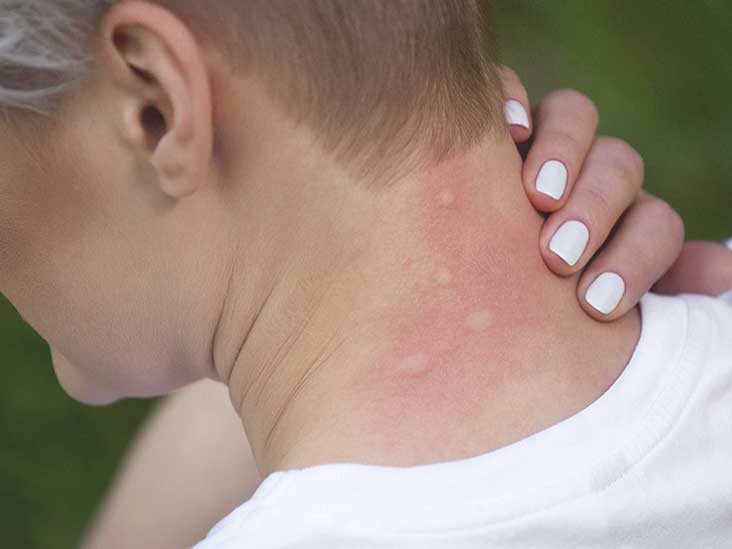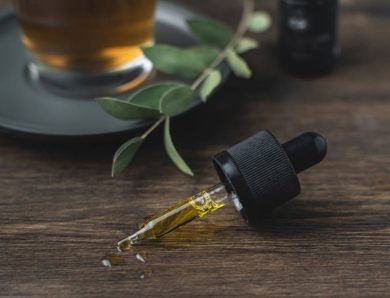
Anaphylaxis from insect bites
Generally, insect bites and stings can be easily treated at home. However, some people who have a severe allergic reaction known as anaphylaxis know how to act.
In everyday life, many different insects can either be harmless to us or cause us some harm.
However, some people have a severe allergic reaction known as anaphylaxis, which causes severe complications and even death, requiring urgent medical attention. Serious reactions can affect the entire body and can occur very quickly, often within a few minutes. Without treatment, these severe reactions can quickly become life-threatening. If you find yourself in such a situation, you should call the corresponding emergency service as quickly as possible (112 in the case of Spain).
Some spider bites, such as a black widow or brown recluse, are also serious and can be deadly. Most spider bites, however, are harmless. If an insect or spider bites you, bring the animal for identification if this can be done quickly and safely.
If you know that you are allergic to an insect sting or bite, you must always be identified and prescribed medication and inform the people you interact with. In this way, they will be warned and will know what to do in case it happens.
Symptoms of an insect bite
The symptoms of insect bite that are non-emergency vary with the type of insect and the individual. Most people experience:
- Localized pain
- Redness
- Swelling or itching
- You may also experience a burning, numbness, or tingling sensation.
Warning signs of an insect bite
It will be necessary to call the emergency and emergency health services (112) if the affected person presents:
- Shortness of breath, wheezing, or shortness of breath.
- Throat tightness or difficulty swallowing.
- Feeling of weakness
- It begins to turn purple.
What to do when faced with an insect bite
General action measures for most insect bites and stings are:
- Remove the stinger, if present, by scraping it off with the back of a credit card or some other straight-edged object. Do not use forceps, as these can squeeze the venom sac and increase the amount of venom released.
- Wash the affected area very well with soap and water.
- Cover the area of the bite with ice (wrapped in a piece of cloth) for 10 minutes, remove another 10 minutes and repeat the process.
- Over the next few days, watch for signs of infection (such as increased redness, swelling, or pain).
What not to do for an insect bite
- Do not apply tourniquets.
- Please do not give the person stimulants, acetylsalicylic acid (aspirin), or any other pain medication unless the doctor prescribes it.




